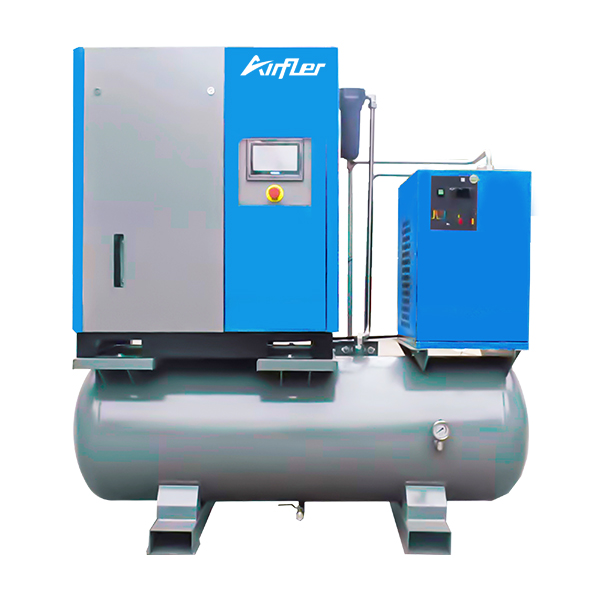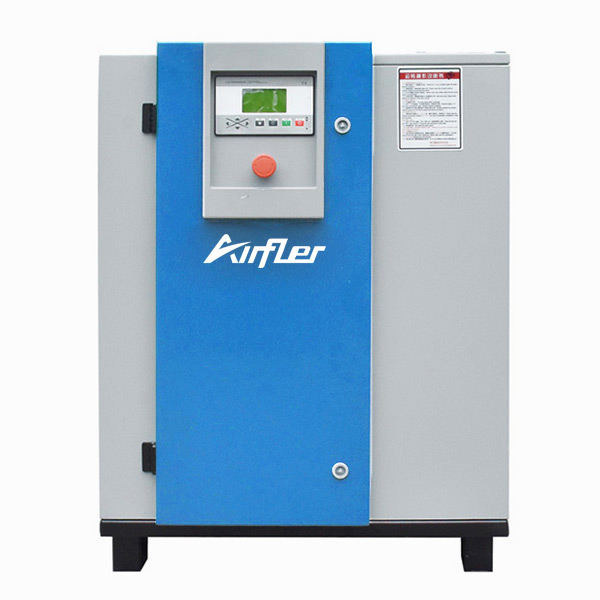4. Policy & Market Dual Drivers
Energy Efficiency Standards Forcing Transition
China’s MEPS standards phase out Class III inefficient models, boosting market share of top-tier efficient products from 32% (2023) to 58% (2025)<sup>45</sup>.
EU’s F-Gas Regulation accelerates CO₂ refrigerant compressor commercialization, driving 32% shipment growth by 2025<sup>38</sup>.
Carbon Trading Incentives
Energy-saving compressors command 8–12% carbon credit premiums, with leaders like Saizen boosting profit margins by 5 percentage points via carbon trading<sup>15</sup>.
Transformation Outcomes & Future Directions
By 2025, technological innovation has reduced industry carbon intensity by 28% vs. 2020, with a 40% reduction target by 2030<sup>37</sup>.
Future priorities:
Magnetic levitation compressor mass adoption (cost reduction ≥30%)<sup>5</sup>
Hydrogen compressor sealing breakthroughs (leakage rate <0.001 ppm)<sup>1</sup>
Cross-industry energy system integration (e.g., data center liquid cooling synergy)<sup>6</sup>
Green transformation has evolved from equipment upgrades to systemic industrial chain reform. Technology leaders are reshaping the sector through “hard-tech + soft-service” models, positioning compressors as cornerstones of industrial decarbonization<sup>14</sup>.
 English
English 简体中文
简体中文 French
French English
English Portuguese
Portuguese Russian
Russian Spanish
Spanish






